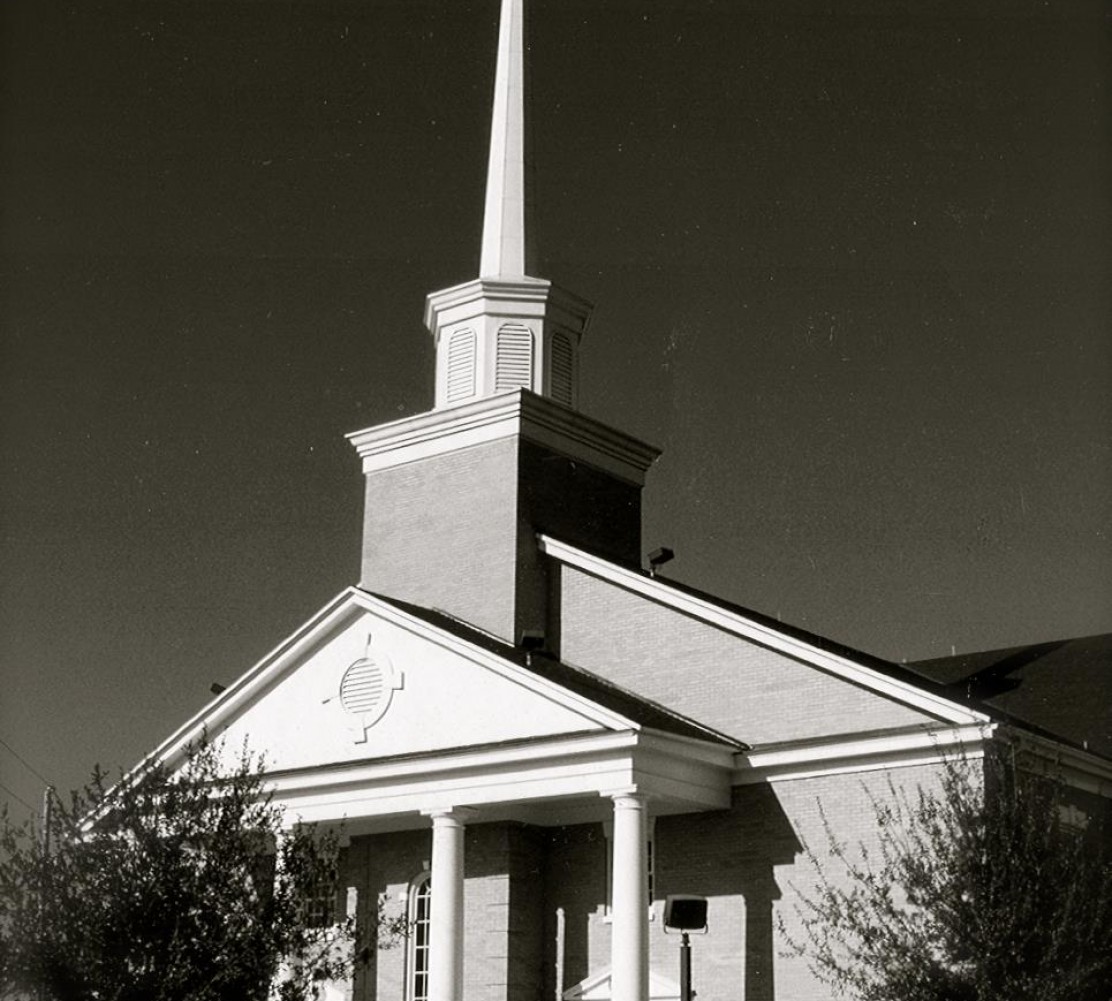John Stott in The Cross of Christ:
“There is, therefore, a great need for discernment in our self-understanding. Who am I? What is my ‘self’? The answer is that I am a Jekyll and Hyde, a mixed-up kid, having both dignity, because I was created and have been re-created in the image of God, and depravity, because I still have a fallen and rebellious nature. I am both noble and ignoble, beautiful and ugly, good and bad, upright and twisted, image and child of God, and yet sometimes yielding obsequious homage to the devil from whose clutches Christ has rescued me. My true self is what I am by creation, which Christ came to redeem, and by calling. My false self is what I am by the Fall, which Christ came to destroy. Only when we have discerned which is which within us, shall we know what attitude to adopt towards each. We must be true to our true self and false to our false self. We must be fearless in affirming all that we are by creation, redemption and calling, and ruthless in disowning all that we are by the Fall. Moreover, the cross of Christ teaches us both attitudes. On the one hand, the cross is the God-given measure of the value of our true self, since Christ loved us and died for us. On the other hand, it is the God-given model for the denial of our false self, since we are to nail it to the cross and so put it to death. Or, more simply, standing before the cross we see simultaneously our worth and our unworthiness, since we perceive both the greatness of His love in dying, and the greatness of our sin in causing Him to die” (285).
Several parts of this quote would be great for use in sermons on the battle between the Spirit and the flesh, as well as the image of God, or the new creation we are in Christ. Or, you could take Stott’s use of the story of Jekyll and Hyde and run with that.
Tags: Genesis 1, Genesis 2, Jeremiah 31, Romans 6 (especially verse 4), Romans 7, Romans 13, Galatians 5, Ephesians 2, Ephesians 4, 2 Corinthians 5, Hebrews 8
